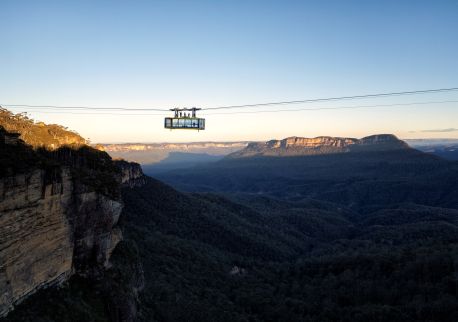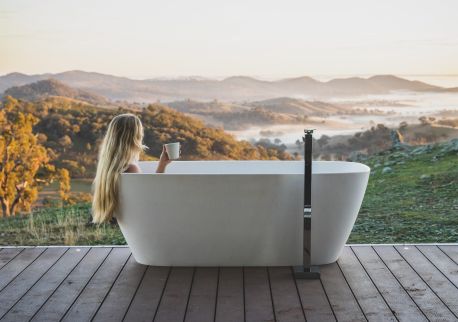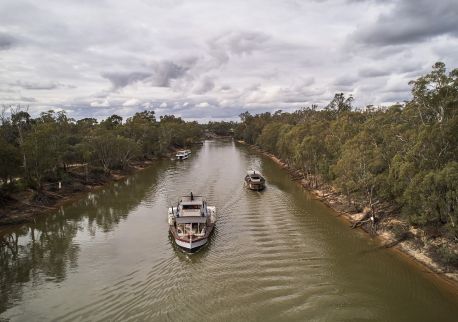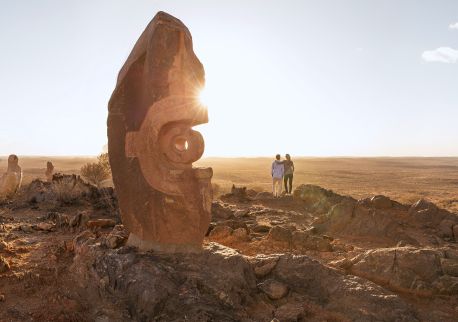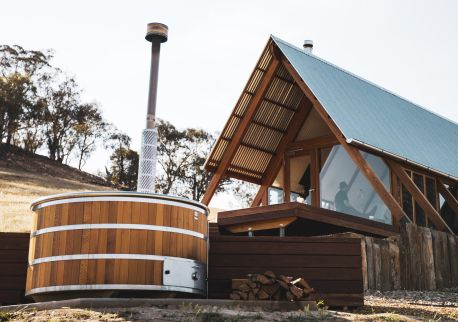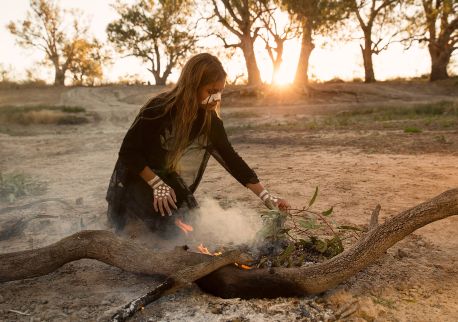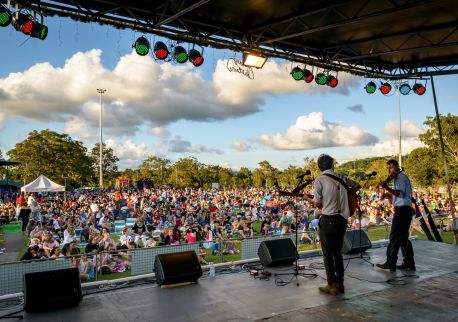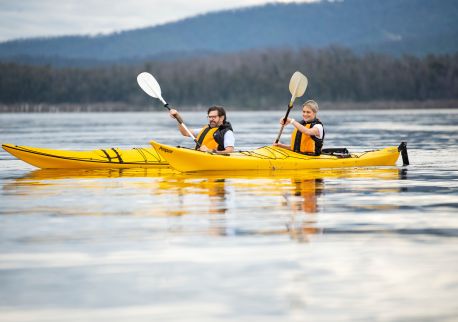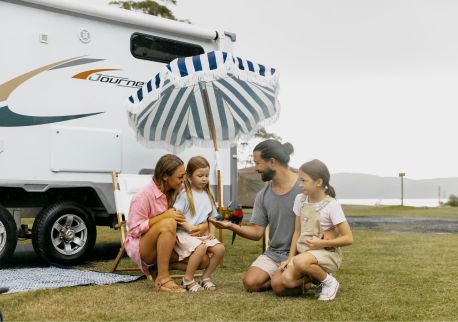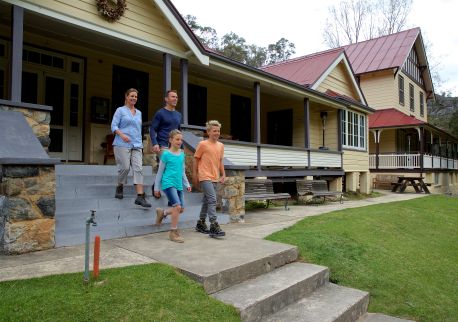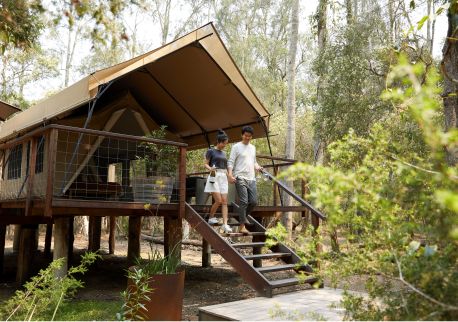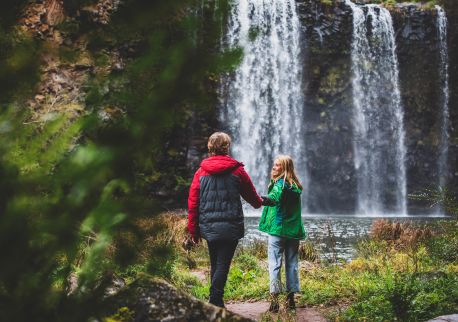Batemans Bay Heritage Museum
Highlights
Overview
Are you looking for a museum experience that recounts the history of a coastal community through the presentation of significant artefacts and related audio-visual displays?
Situated on a large block adjacent to the Water Gardens, the museum was built in 1905. It comprises several connected buildings, including the Courthouse, the former Nelligen one-room schoolhouse, the Police Station and the residence.
The Batemans Bay Heritage Museum explores the local history of the Batemans Bay area, including the early days of European settlement when timber cutting and milling became a major industry. Take a tour of the buildings, where each room tells a different, but related story, Aboriginal heritage, medicine, education, crime and punishment, military history. A fairly recent addition is the demountable building "Crossing the Clyde" showcasing the stories and artefacts of the bridges, punts ferries. Planned works incorporate a transition to a seaside lifestyle museum. The museum is also the home of the local Lapidary club
The museum also holds Exhibitions on a large range of topics. The Museum caters for bus and school tours by appointment.
The Batemans Bay Heritage Museum is approximately three and a half hours from Sydney by road. They recommend that you allow at least one hour for your visit.
Check the website for current Exhibitions.
You can access the Courtroom second hand bookshop without entering the Museum.

